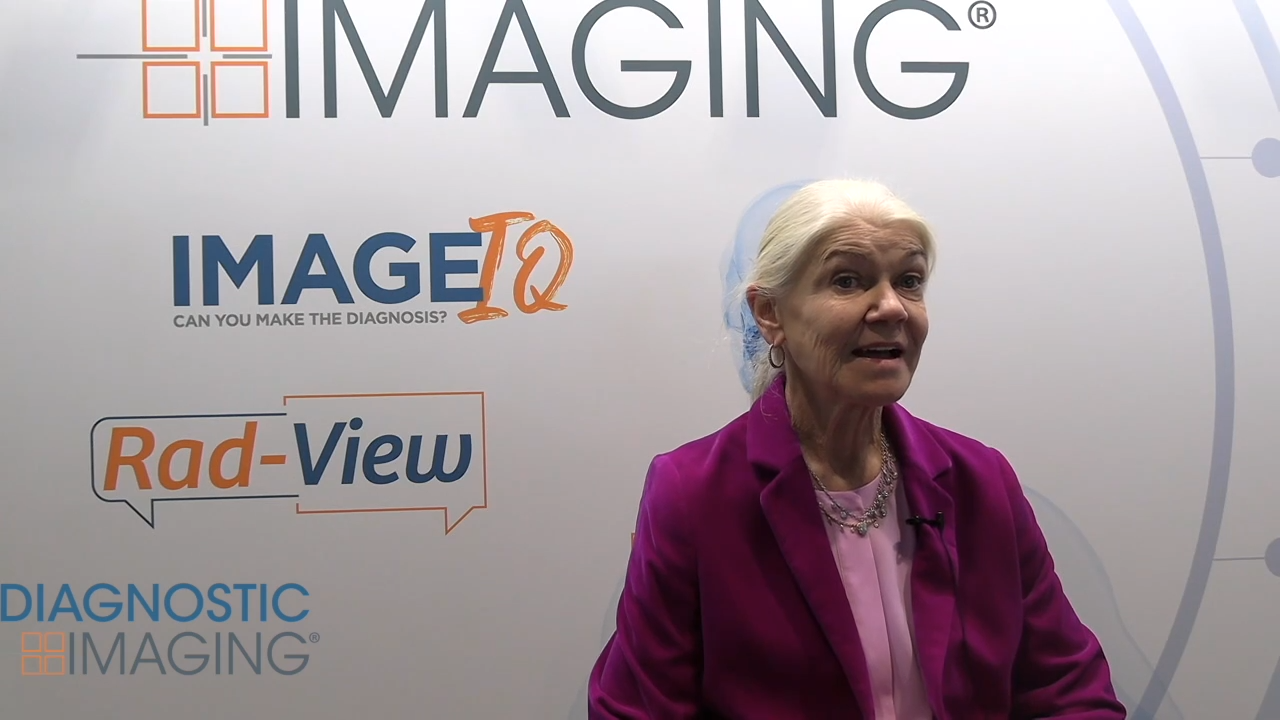Patient-centered Care: A Nurse’s Perspective
CHICAGO - One nurse who’s worked with breast cancer patients for 15 years tells radiologists how they can be more patient-centered.
CHICAGO - You might consider yourself and your practice to be fairly patient-centered. Chances are, though, you’re not. Or, at least according to one nurse who’s worked with breast cancer patients for 15 years, you could be doing more.
“You need to see the world through the eyes of the patient,” Lillie Shockney, RN, nurse director of the Johns Hopkins Breast Center Cancer Survivorship Programs, told a group at this year’s RSNA annual meeting. “You need to understand how patients will see, hear, and feel the results – no matter what the news is.”
Always remember these women are scared, and they’re searching for clues about their condition in anything you do. If they can’t see the monitor you’re using to read their scans, does that mean you’re hiding bad news? If you’re out of the room too long, are you discussing something horrific about her case with your colleagues?
You can help allay these fears or help prepare a patient for bad news, Shockney said. Drop hints about what you see during the procedure. While you might not want to explain everything you’re seeing to the patient at that time, giving clues about anything good can help soothe her. Be careful that you don’t provide any false hope, however.
“I’ve been in the presence of some radiologists who’ve said, ‘You’re going to be fine,’” she said. “They were patronizing the patient, patting her on the shoulder, and I knew from looking at the screen that the next day, she was going to get bad news. Patients really do need to be prepared for that.”
When you do have the opportunity to discuss your interpretation, be as specific as you can with the patient about what type of cancer she might have. Tell her the stage, whether it’s invasive, if it’s slow-growing. If you don’t, Shockney said, she’ll go home, believing the worst about her condition.
In addition, make a point to engage the patient and find out about her. She wants to know she isn’t a faceless patient who just breezes through your practice. Take the time to ask questions about her life and listen to her concerns.
“I often hear from patients, ‘Does the radiologist know I’m 30 with a 2- and 3-year-old? Will I see them go to kindergarten? The radiologist knows, and he’ll tell my oncologist, but he won’t tell me. He’s on the other side of the glass wall, and I can’t get to him,’” she said. “As the radiologist, you have to come out from the other side of that wall.”
Shockney acknowledged, however, that there are cases where the referring physicians have instructed you to not give the patient any information. In those instances, she recommended you try to negotiate with them so you can provide the patient at least some indication about what you’ve seen.
“Emphasize that you know these patients are upset about the prospect of having breast cancer and that they’re very scared. Any delay in finding out what’s going on will only make her lose sleep,” she said. “If you, as radiologists, can shed light on her situation, no woman should go more than one night without sleep, worrying about what’s going to happen.”
Can MRI-Based AI Bolster Biopsy Decision-Making in PI-RADS 3 Cases?
December 9th 2024In patients with PI-RADS 3 lesion assessments, the combination of AI and prostate-specific antigen density (PSAD) level achieved a 78 percent sensitivity and 93 percent negative predictive value for clinically significant prostate cancer (csPCa), according to research presented at the Radiological Society of North American (RSNA) conference.
The Reading Room: Artificial Intelligence: What RSNA 2020 Offered, and What 2021 Could Bring
December 5th 2020Nina Kottler, M.D., chief medical officer of AI at Radiology Partners, discusses, during RSNA 2020, what new developments the annual meeting provided about these technologies, sessions to access, and what to expect in the coming year.
RSNA 2020: Addressing Healthcare Disparities and Access to Care
December 4th 2020Rich Heller, M.D., with Radiology Partners, and Lucy Spalluto, M.D., with Vanderbilt University School of Medicine, discuss the highlights of their RSNA 2020 session on health disparities, focusing on the underlying factors and challenges radiologists face to providing greater access to care.
New Interventional Radiology Research Shows Merits of Genicular Artery Embolization for Knee OA
December 3rd 2024In a cohort of over 160 patients with knee osteoarthritis (OA), including grade 4 in nearly half of the cases, genicular artery embolization led to an 87 percent improvement in the quality of life index, according to research presented at the recent RSNA conference.
Siemens Healthineers Debuts New Photon-Counting CT Systems at RSNA
December 2nd 2024Debuting at the Radiological Society of North American (RSNA) conference, the new photon-counting computed tomography (PPCT) scanners Naeotom Alpha.Pro and Naeotom Alpha.Prime reportedly combine rapid scan times with high-resolution precision.










